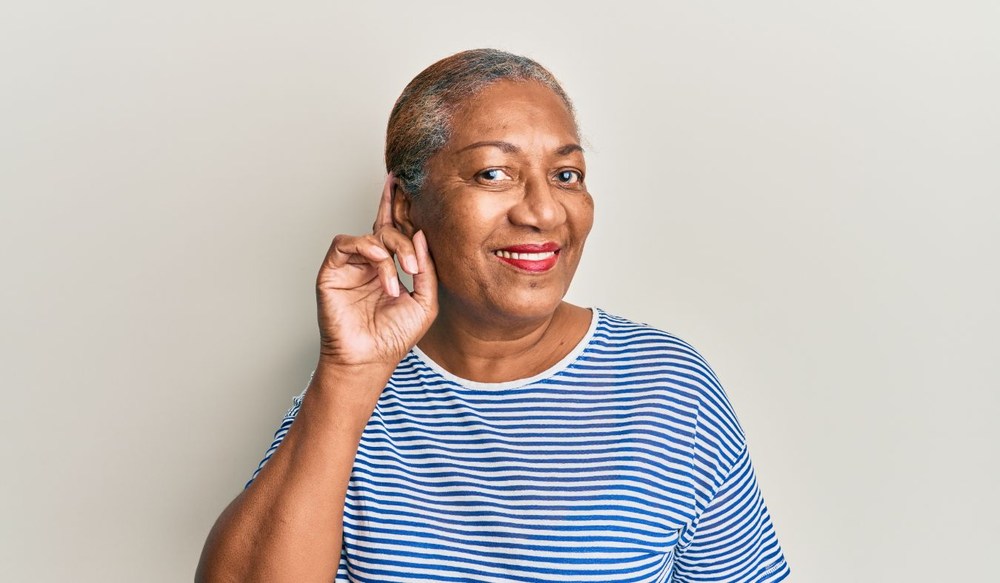Hearing Aid Troubleshooting Guide
Hearing aids, like any electronic device, can sometimes experience issues


Hearing aids, like any electronic device, can sometimes experience issues

Protecting your hearing is something that becomes more important as we

High-frequency hearing loss is a common type of hearing difficulty that